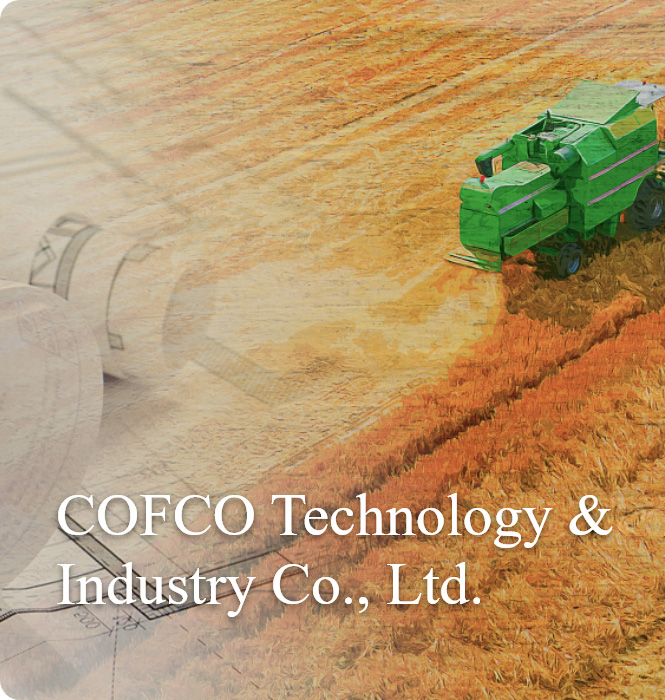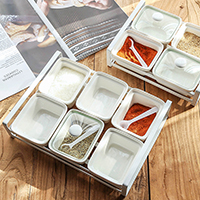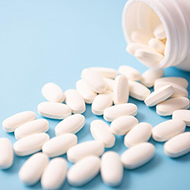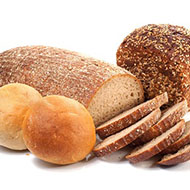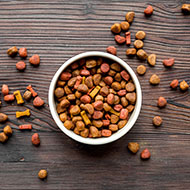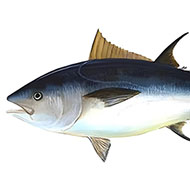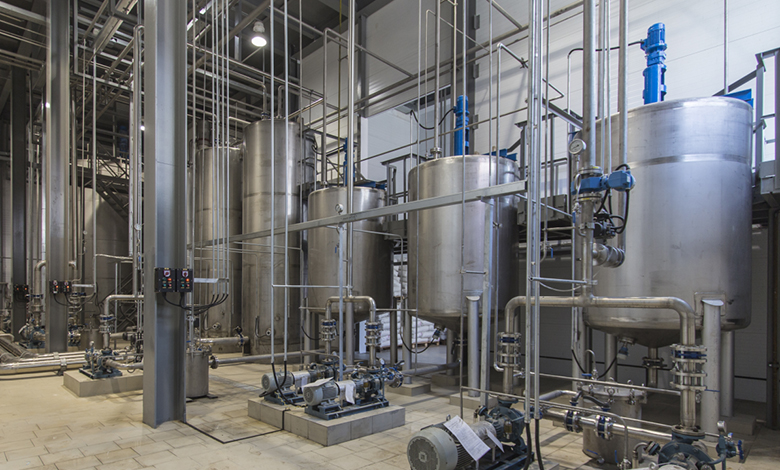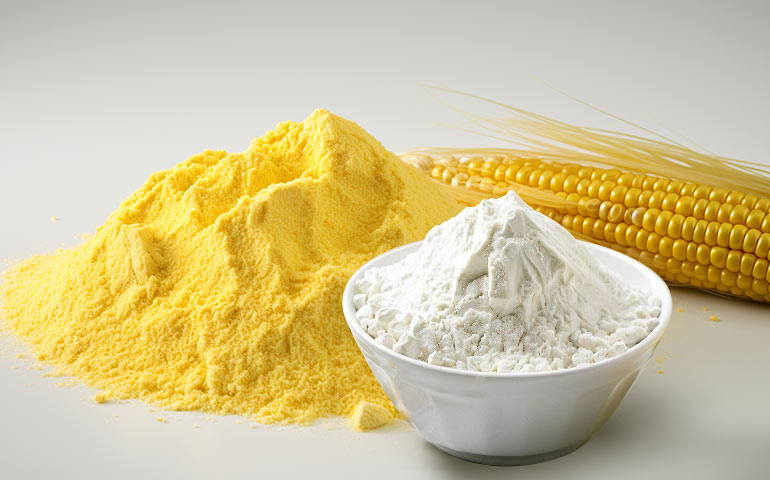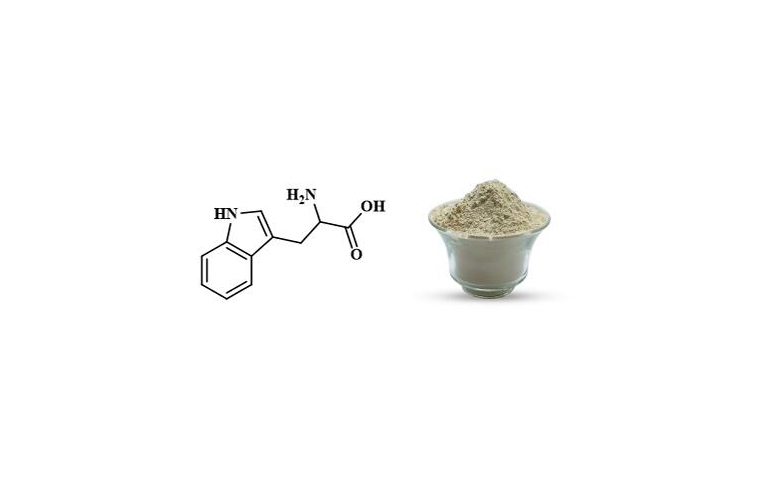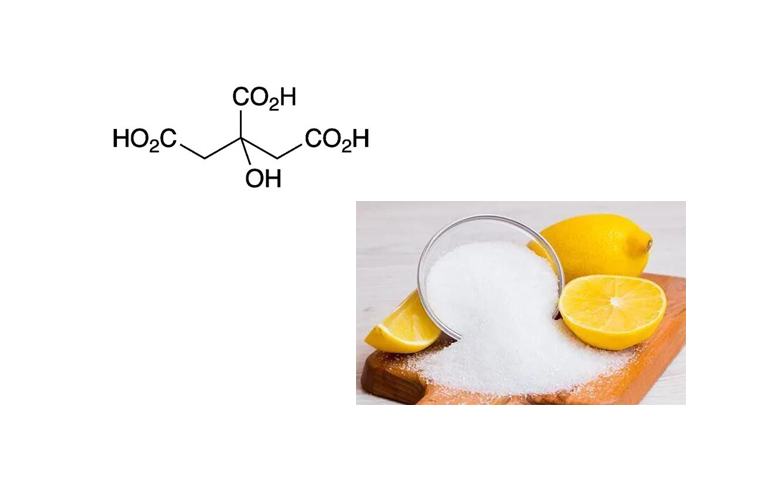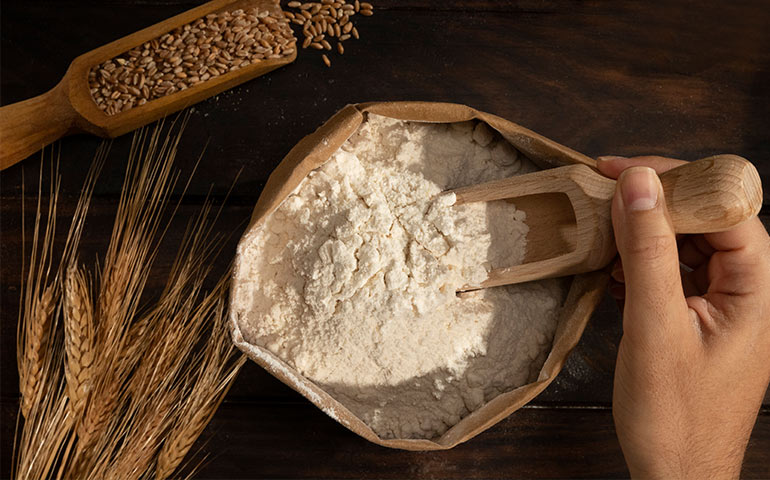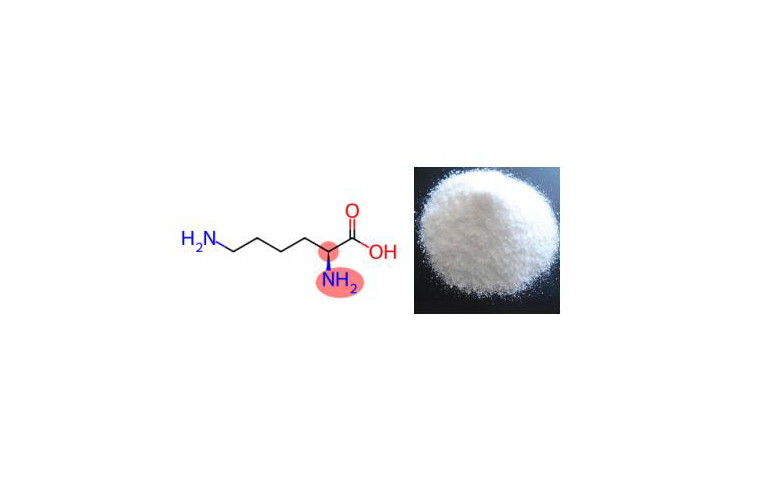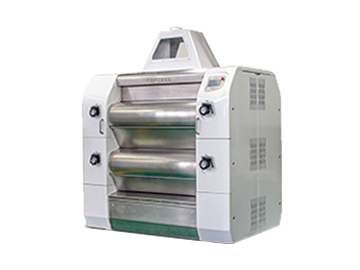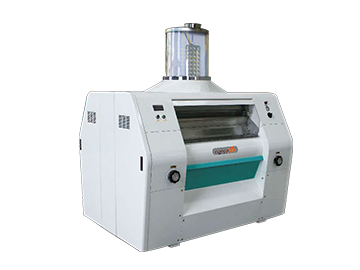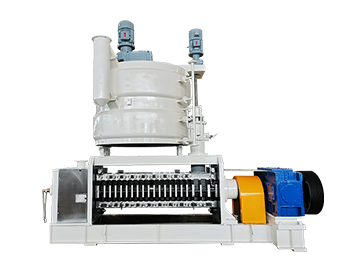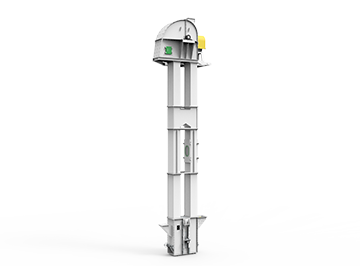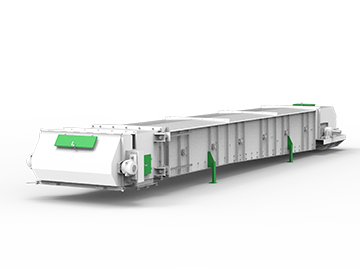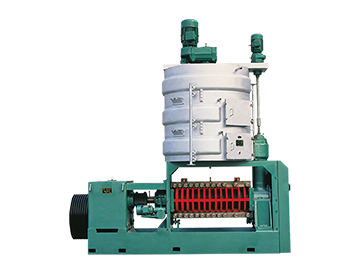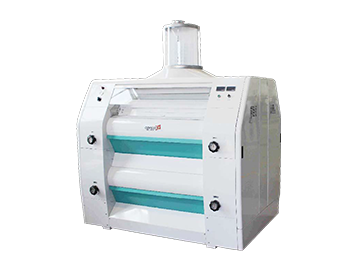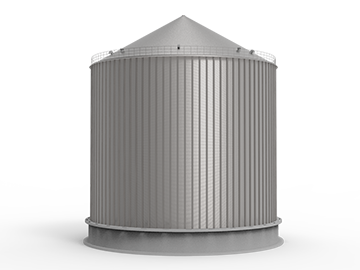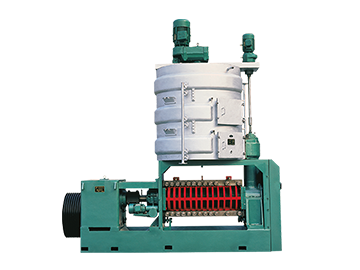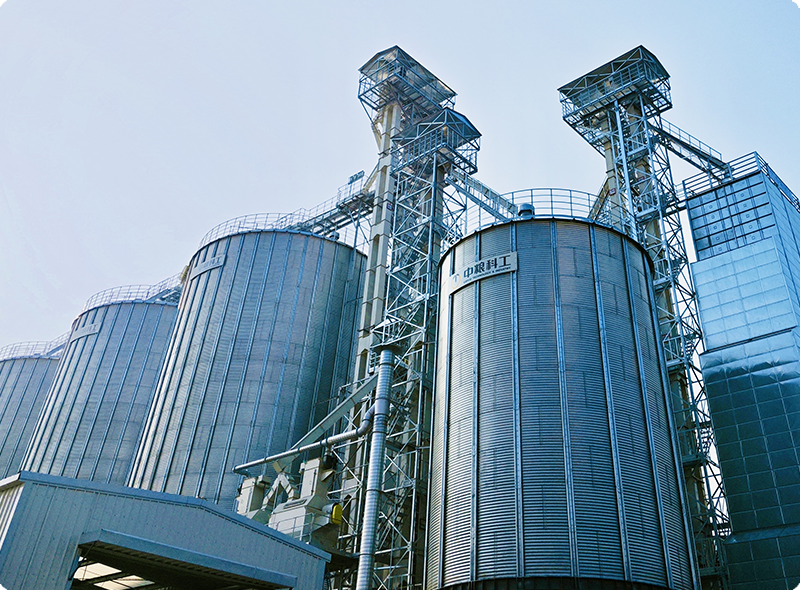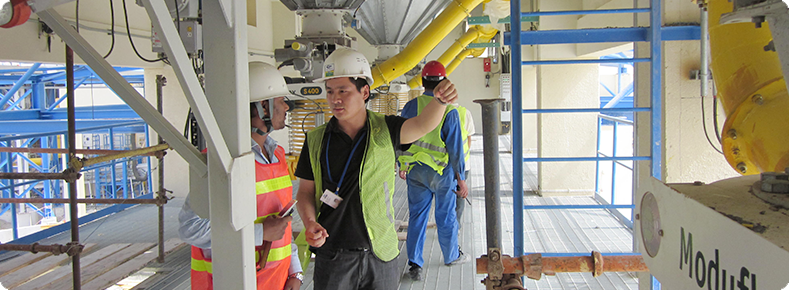Introduction of Glutamic Acid
Glutamic acid (glutamate), with the chemical formula C5H9NO4, is a major component of proteins and one of the essential amino acids in nitrogen metabolism within biological organisms. It plays a significant role in cognition, learning, memory, plasticity, and developmental metabolism. Glutamate is also crucially involved in the pathogenesis of neurological diseases such as epilepsy, schizophrenia, stroke, ischemia, ALS (Amyotrophic Lateral Sclerosis), Huntington's chorea, and Parkinson's disease.
We provide a full range of engineering services, including project preparatory work, overall design, equipment supply, electrical automation, installation guidance and commissioning.
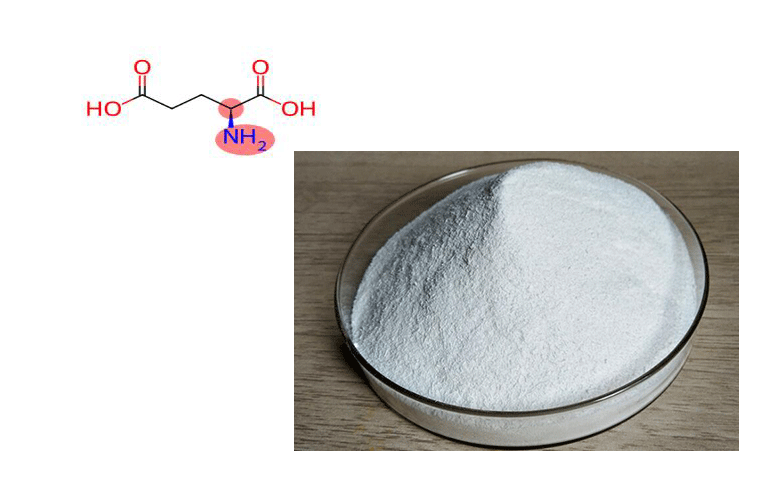
Glutamic Acid Production Process
Starch
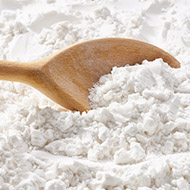
Glutamic Acid
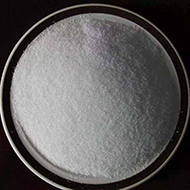
Application Fields of Glutamic acid
Food Industry
Glutamic acid can be used as a food additive, salt substitute, nutritional supplement, and flavor enhancer (mainly for meat, soup, and poultry, etc.). Its sodium salt—sodium glutamate is used as a flavoring agent, such as monosodium glutamate (MSG) and other seasonings.
Feed Industry
Glutamic acid salts can significantly improve the appetite of livestock and effectively accelerate growth. Glutamic acid salts can promote the growth and development of livestock, improve feed conversion rates, enhance the immune functions of animal bodies, improve the composition of milk in female animals, increase the nutritional level, and thereby improve the weaning survival rate of lambs.
Pharmaceutical Industry
Glutamic acid itself can be used as a drug, participating in the metabolism of proteins and sugars in the brain, promoting the oxidation process. In the body, it combines with ammonia to form non-toxic glutamine, which reduces blood ammonia levels and alleviates symptoms of hepatic coma. Glutamic acid is also used in biochemical research and in medicine for the treatment of hepatic coma, prevention of epilepsy, and alleviation of ketosis and ketonemia.
Glutamic acid can be used as a food additive, salt substitute, nutritional supplement, and flavor enhancer (mainly for meat, soup, and poultry, etc.). Its sodium salt—sodium glutamate is used as a flavoring agent, such as monosodium glutamate (MSG) and other seasonings.
Feed Industry
Glutamic acid salts can significantly improve the appetite of livestock and effectively accelerate growth. Glutamic acid salts can promote the growth and development of livestock, improve feed conversion rates, enhance the immune functions of animal bodies, improve the composition of milk in female animals, increase the nutritional level, and thereby improve the weaning survival rate of lambs.
Pharmaceutical Industry
Glutamic acid itself can be used as a drug, participating in the metabolism of proteins and sugars in the brain, promoting the oxidation process. In the body, it combines with ammonia to form non-toxic glutamine, which reduces blood ammonia levels and alleviates symptoms of hepatic coma. Glutamic acid is also used in biochemical research and in medicine for the treatment of hepatic coma, prevention of epilepsy, and alleviation of ketosis and ketonemia.
Lysine production project
You Might Also Be Interested In
Related Products
You Are Welcome To Consult Our Solutions, We Will Communicate With You In Time And Provide
Professional Solutions
Full Lifecycle Service
Technical Expertise And Innovative Products Form The Basis Of Your Success. But We Offer You
Even More: Our Extensiverange Of Services Gives You Optimum Support For Your Requirements
And Objectives In The Long Term.
We're Here to Help.
Frequently Asked Questions
-
Routine Use of Purifier+In the complete flour mill plant, the flour purifier is an indispensable part. After carefully debugging and operation adjustment, the working condition of the purifier should be patrolled frequently during the production process, which is also very important for the stability of the flour quality and the service life of the flour purifier.
-
Corn Gluten Meal Usage+Corn Gluten Meal is a protein-rich product which extract from maize, with the process of steeping, separating, drying separation and condensing the gluten liquid, drying it.
Inquiry
